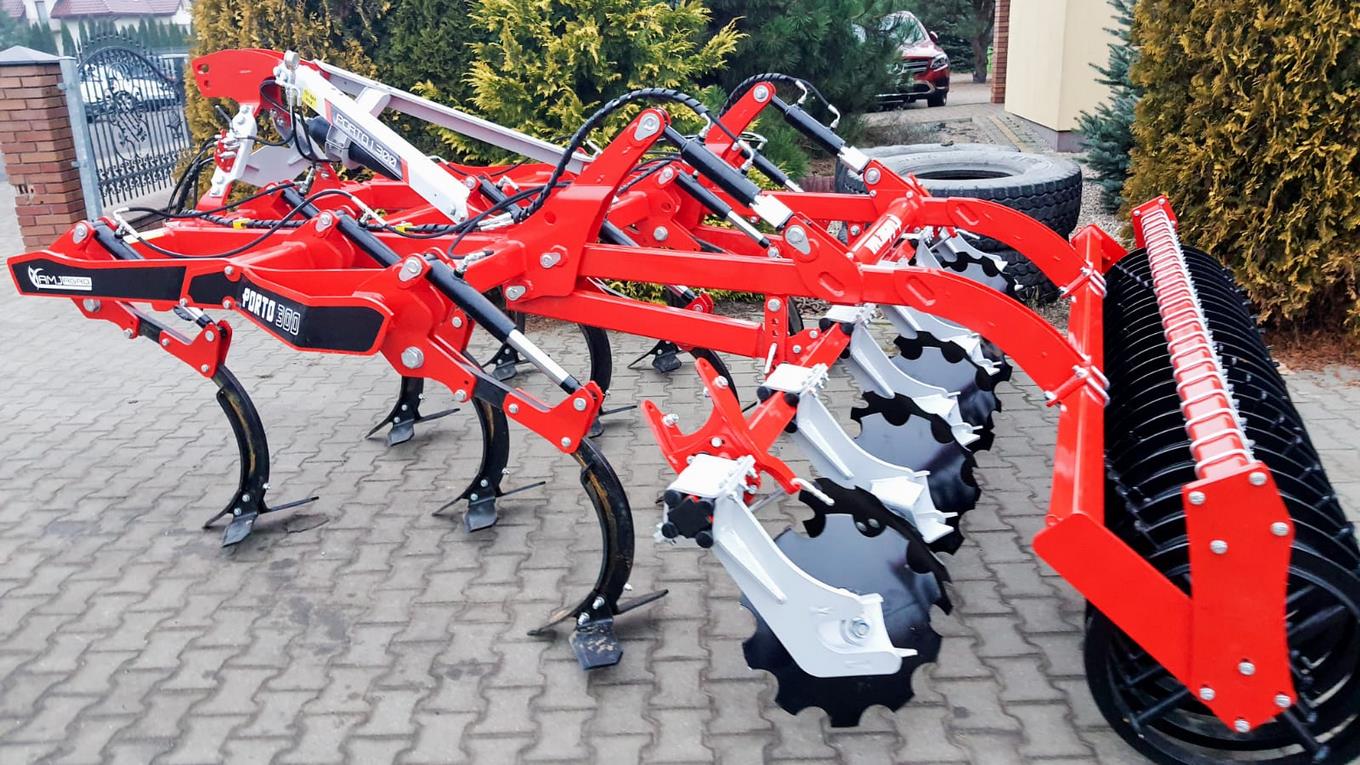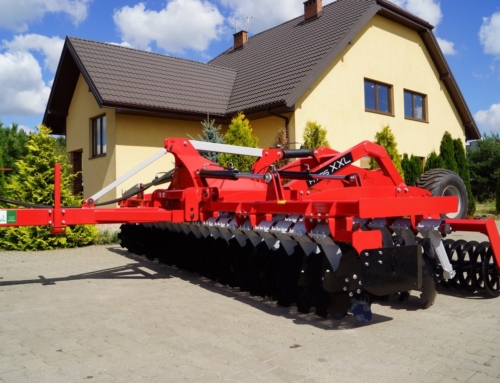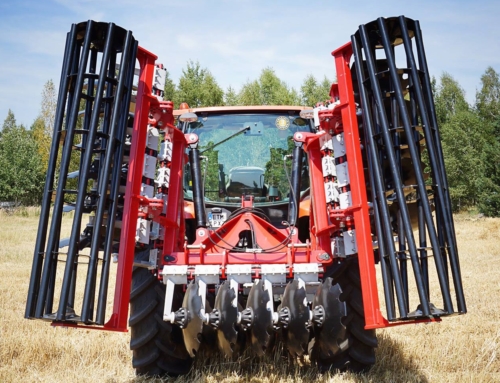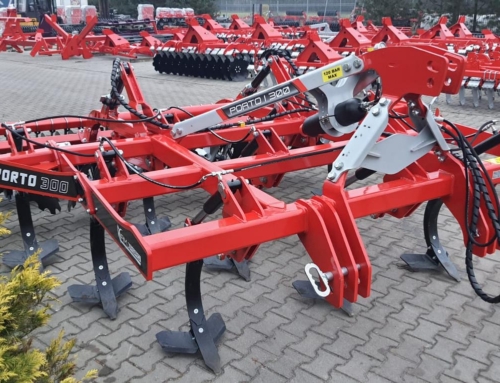No-tillage cultivation involves simplified treatments that bring many benefits. However, using the same tillage system is also associated with certain problems that negatively affect maintaining high and good quality crops. Fortunately, it can be done at different depths, so by changing shallow to deep cultivation, you can prevent the negative effects that lead to a number of structural soil diseases, such as the formation of plow sole. In this article you will learn what specific problems it involves no-plough cultivation.
- What should you pay attention to when using no-till cultivation?
- When to use deep cultivation and when to use shallow cultivation?
What should you pay attention to when using no-till cultivation?
On small and large farms, taking care of the proper soil structure is not as easy as it seems. Farmers must regularly monitor its condition during the changing seasons in order to properly select and implement agrotechnical measures that help maintain fertility. Therefore, the choice of the cultivation depth itself affects the optimization of conditions for the development of the root system, soil aeration, stimulation of microbiological processes, regulation of water management and nutrient demand. In addition, this translates directly into the cost of production, i.e. fuel consumption and efficiency of agricultural machines.
Usually negative effects reduced tillage without plowing they appear as a result of poorly made decisions, including, above all, incorrectly selected depth for agrotechnical treatments. Most often, these activities have a huge impact on worse results related to the destruction of weeds or volunteer seedlings, while previous cultivation works were carried out in excessively humid or wet areas.
Another common mistake that leads to soil dryness is too frequent cultivation. By no-tillage cultivation It is important to remember to limit the number of agricultural machine trips between the harvest and sowing periods, and not to overdo them. However, a small number of treatments also have certain weaknesses, such as the appearance of snails or improper soil fragmentation.
Another negative consequence no-tillage cultivation is the occurrence of a plow sole, which results in disruption of water-air relations in the soil, as well as difficulties in penetrating plants through compact layers of soil. Its presence is a sign for farmers that they need to react immediately by using appropriate subsoiling.
The use of manure may also be problematic because its careless spreading on the field leads to difficulties in the operation of other tillage machines and even negatively affects the soil structure itself. To prevent this, you can, among other things, mix the fertilizer at a shallow depth of the soil during autumn. Other effects of no-plough cultivation include self-seeding, which is why their elimination by mechanical treatments or the use of herbicides is almost a necessity today.
When to use deep cultivation and when to use shallow cultivation?
As we have already mentioned, the choice of the type of cultivation depends on the condition of the soil and unfavorable weather conditions, which have a direct impact on it. Shallow tillage generates less work and costs in heavy soils, but when there is a large amount of crop residues, treatments carried out at greater depths work better.
Deep cultivation they allow you to remove ruts and reduce excessive soil compaction before sowing sensitive plants. Moreover, they perfectly influence the conditions for the growth of crops in light soils, because they are characterized by a less durable structure than clay soils. It is worth noting that at deep no-till cultivation there is a lower risk of erosion and plowing due to covering the field with a layer of harvest residues.
One of the best aggregates to make no-tillage cultivation it is both shallow and at considerable depth PORTO machine, which is equipped with hydraulic adjustment of the working range. In addition, each of its legs is equipped with NON STOP hydraulic protection, designed to precisely control the pressure of the rows of tines, discs and the tiller roller into the soil.







